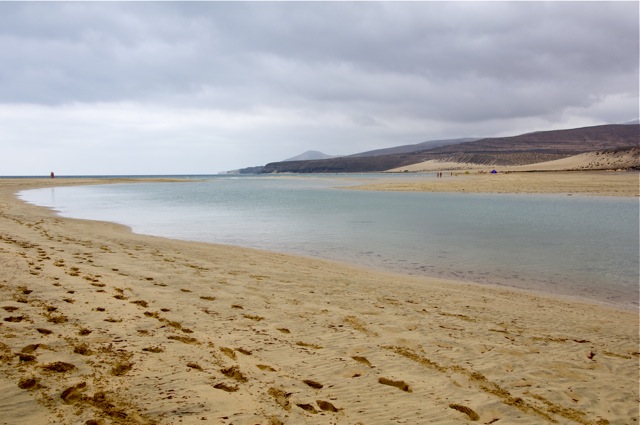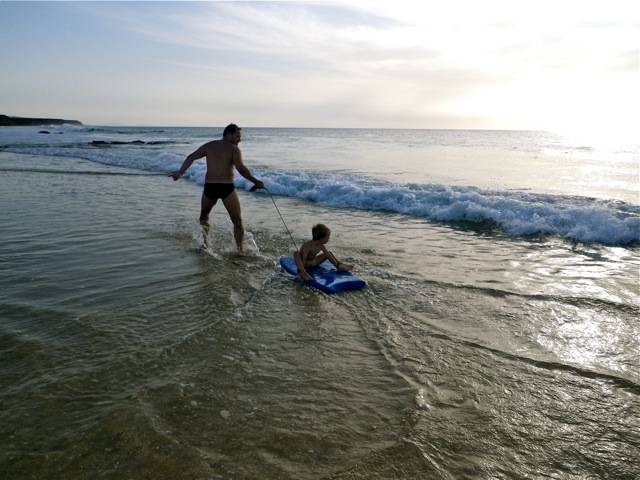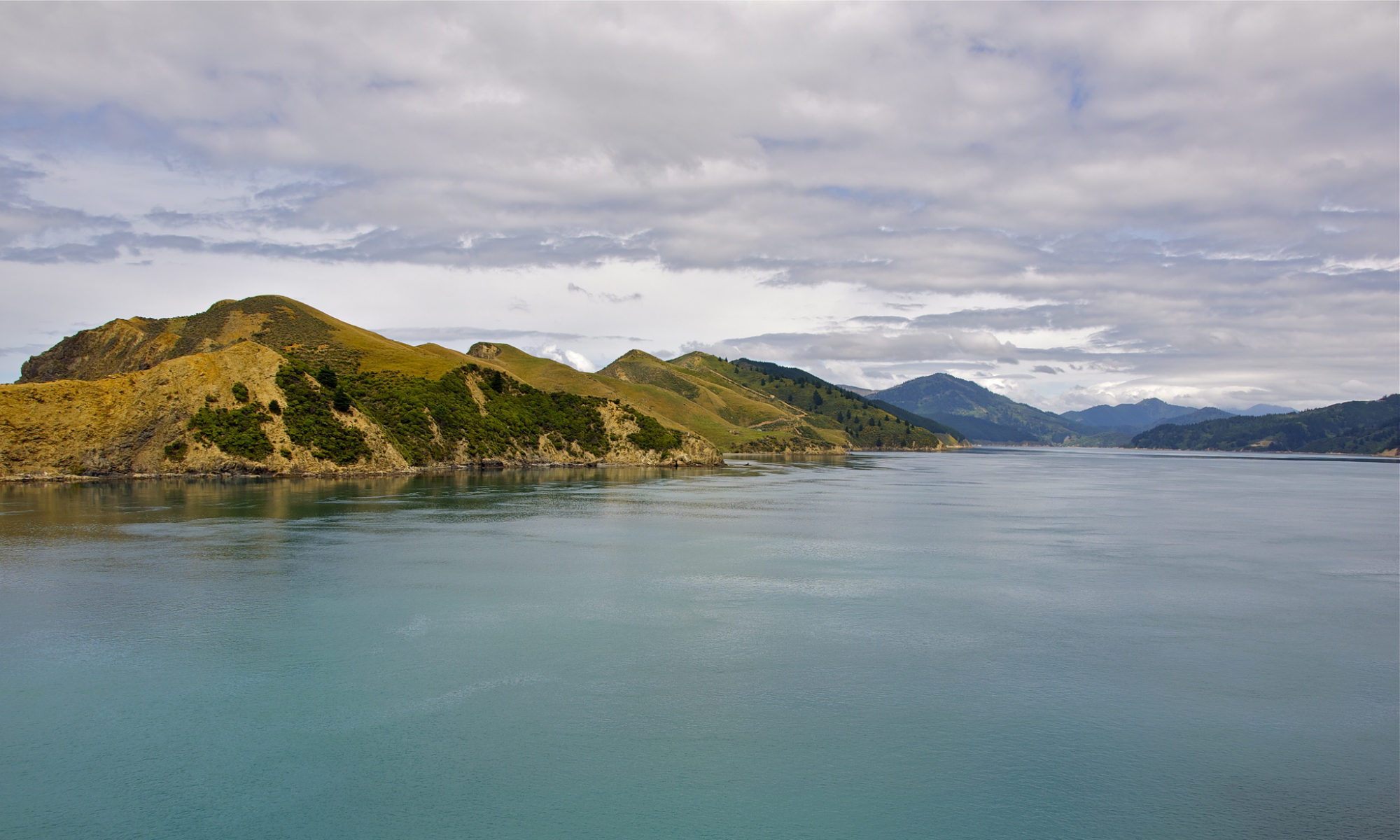As one of the Canary Islands ( El Hierro) shakes and a volcanic alert is in effect, we are reminded of our unforgettable adventure on this volcanic archipelago The turbulent archipelago is as beautiful as it is unique with the perfect weather of eternal spring. The islands bear the name Insula Canaria, meaning “Island of the Dogs” and not, as I erroneously believed, from the bird Canary. In fact, the bird is named after these islands, where they are native.
We had an opportunity to explore only three out of its thirteen islands. Every island delivers breathtaking views and its own unique character. Tenerife is the largest and most developed. It provides the mix of luxury, topographical variety, dark-sand beaches and great infrastructure, yet it’s still full of small hidden gems. Fuerteventura however, is all about beach life, adventure and R&R. Lanzarote is breathtakingly cute with its uniformly coloured houses (green and white) against the dark volcanic backdrop and charming little towns and villages.
We also had a 2-day stopover in Barcelona, the Catalan capital. It has been a while since our last visit, but we loved the city even more this time around with its welcoming and relaxed atmosphere, Gaudi’s architectural influences and amazing tapas. So far, it’s our favourite small city, with a big attitude.
1. What we enjoyed the most or the least:
Tenerife
The sky was often covered with dark clouds suggesting an approaching storm, but the rain never came. The island of Eternal Spring is truly a sub tropical paradise with temperate weather. Volcanic beaches followed by pine trees, fed by clouds a few hundred meters up the mountain and mars-like dry and orange panorama around el Teide, are all examples of its geological richness. We liked the variety of activities you can enjoy on the island from adventuresome drives on “forgotten” roads, discovery of its ancestral (Guanches) and colonial past, unbelievable views from tiny villages or its rich infrastructure.
Here are some highlights:
Parque Nacional Las Canadas del Teide is centred around 3718m Mount Teide, the highest mountain in Spain and the islands of the Atlantic (it is the third largest volcano in the world from its base) and was named a World Heritage Site by UNESCO in 2007.
Masca is a small mountain village in Buenavista del Norte on a small mountain road (accessible only since the 70’s). The village is home to circa 150 inhabitants. The views are spectacular and reminded us of Machu Picchu in Peru.
Garachico is a little unspoiled gem in the northern part of the island with a very Spanish character and natural volcanic rock pools made into swimming pools.
Fuerteventura (strong winds and strong adventures)
This island is every surfer’s paradise with its waves, open waters and perfect winds. The island is home to over 150 white sand beaches compliments of the Sahara desert, just 100 km east of the island. During sand storms that originate in the African desert you can expect visibility to drop to just a few meters and temperature to rise by 10 degrees Celsius.
I particularly loved one hour of glory as a body-board surfer on the largest waves I have ever met. I also loved spending time with Niko and Natasza on the widest beaches we have ever seen with naturally formed lakes or lagoons. The Island is more laid back than its siblings to the west with its surfer community and sun worshippers. That makes it the perfect place to catch some much-needed R&R.
Here are some highlights:
Jandia and Sotavento – you can expect only the largest and most beautiful beaches of the island. At high tide, enormous “lakes” form on these grand beaches providing warm and shallow pools perfect for kids. It is also home to windsurfers and kite boarders practising their sport here.  As it’s so large (20km), you can run naked without being seen by another human … and yes, I did run around nude with Niko. What a feeling of freedom! Highly recommended:)
As it’s so large (20km), you can run naked without being seen by another human … and yes, I did run around nude with Niko. What a feeling of freedom! Highly recommended:)
El Cotillo – is a small fishermen village at the northern end of Fuerteventura, surrounded by amazing beaches and naturally formed lagoons.  You will also find some charming restaurants here. We kept returning to this part of the island because of the variety it delivered.
You will also find some charming restaurants here. We kept returning to this part of the island because of the variety it delivered.
Betancuria (and the drive via PAJARA, a real green oasis at the foot of the mountains) – bears the name of its founder Jean de Béthencourt and was founded in 1404.
Lanzarote
We took a day trip from Corralejo with a ferry to explore this little gem. Lanzarote is a UNESCO protected biosphere that almost lost its status. The status is well-earned however with such geological world wonders as …
Timanfaya National Park is entirely made up of volcanic rock and sand-like soil giving the viewer unreal visuals. This national park makes up the core area of the biosphere reserve on the island.
El Golfo and Los Hervideros– Imagine the Volcano vs. the Atlantic. The orange, dark brown, black, green colours of the coast mix perfectly with the coastline carved by the waves … truly amazing!
La Geria region is drawn up with mini craters of volcanic stone called Zocos, built to protect each vine from harsh winds of the island. The dark volcanic soil mixed with the green vineyards and the Zacos deliver a wicked panorama.
Papagayo Beach is a protected national park accessible only by a dirt road. It is made up of tiny beaches seperated by high cliffs. I’m glad such a gem still exists, considering the pressures to develop this natural land into hotel-land. I hope it stays this way.
What we didn’t enjoy?:
Tenerife
As Tenerife is highly developed and modern and you can expect many tourists here. You can expect many signs in English, German and Russian as well as the multitude of British pubs which make up much of the landscape in touristy areas including Playa de las Americas and Los Cristianos. Considering the many Europeans who moved here permanently, I’m not surprised they wanted to bring a piece of home here.
Fuerteventura
The weakened economy is felt in some parts of Fuerteventura with many unoccupied buildings. The unemployment rate there is one of the highest in the EU standing at 20%+. It’s too bad but not too surprising considering the island’s reliance on tourism as the main contributor to its economy.
2. Activities our toddler Niko enjoyed the most:
Running around the Sand Dunes of Corralejo. Every beach was a treat for Niko, he especially loved the lagoons by El Costillo with warmer waters full of fish for him to feed.
Laro Park is a zoo located on the outskirts of Puerto de la Cruz on Tenerife. It is a must see place when you visit with your children.  Some say the park has Europe’s largest dolphin show pool, the world’s largest indoor penguin show, the longest shark tunnel, the largest Thai village outside Thailand, and second largest place in Europe to house orcas:)
Some say the park has Europe’s largest dolphin show pool, the world’s largest indoor penguin show, the longest shark tunnel, the largest Thai village outside Thailand, and second largest place in Europe to house orcas:)
Sand Dunes. As you arrive by car from the airport towards Corralejo you will experience an amazing landscape change. All of a sudden you will migrate from volcanic rock into the Sahara. I’m not kidding, as the enormous sand dunes you see ,are in fact blown in from Africa. This is an amazing sight and loads of fun.
3. Our average expenses: The Canary Islands are affordable (in Europe)
- Accommodations: This was an amazing treat from our friends Justyna and Arkadiusz … once again thank you!
- Restaurants: 30 – 50 euro/visit for 3 of us
- Food, transportation (car rental) and entertainment: 40 euro/day ($60)
4. Our first impressions of the locals, their culture and customs:
People were friendly and helpful. The relaxed atmosphere and the mañana approach is felt at times … and the siesta is still a daily routine (expect closed doors between 2 and 5 PM sometimes longer).
As much as we loved the local cuisine featuring its fresh seafood and the Canary potatoes with mojo sauces, we still preferred the seafood more on the Greek Isles. Our search for the greatest seafood dish goes on:).
We can’t wait to discover other islands in the future as we will return for sure. We truly recommend these islands to anyone, even with the looming dangers of volcanic eruptions in the Canaries!
Volcanos vs beaches? Do you still think it’s worth a visit? Please share your thoughts in the comments section below.
Here are some of our photos from this trip:










































